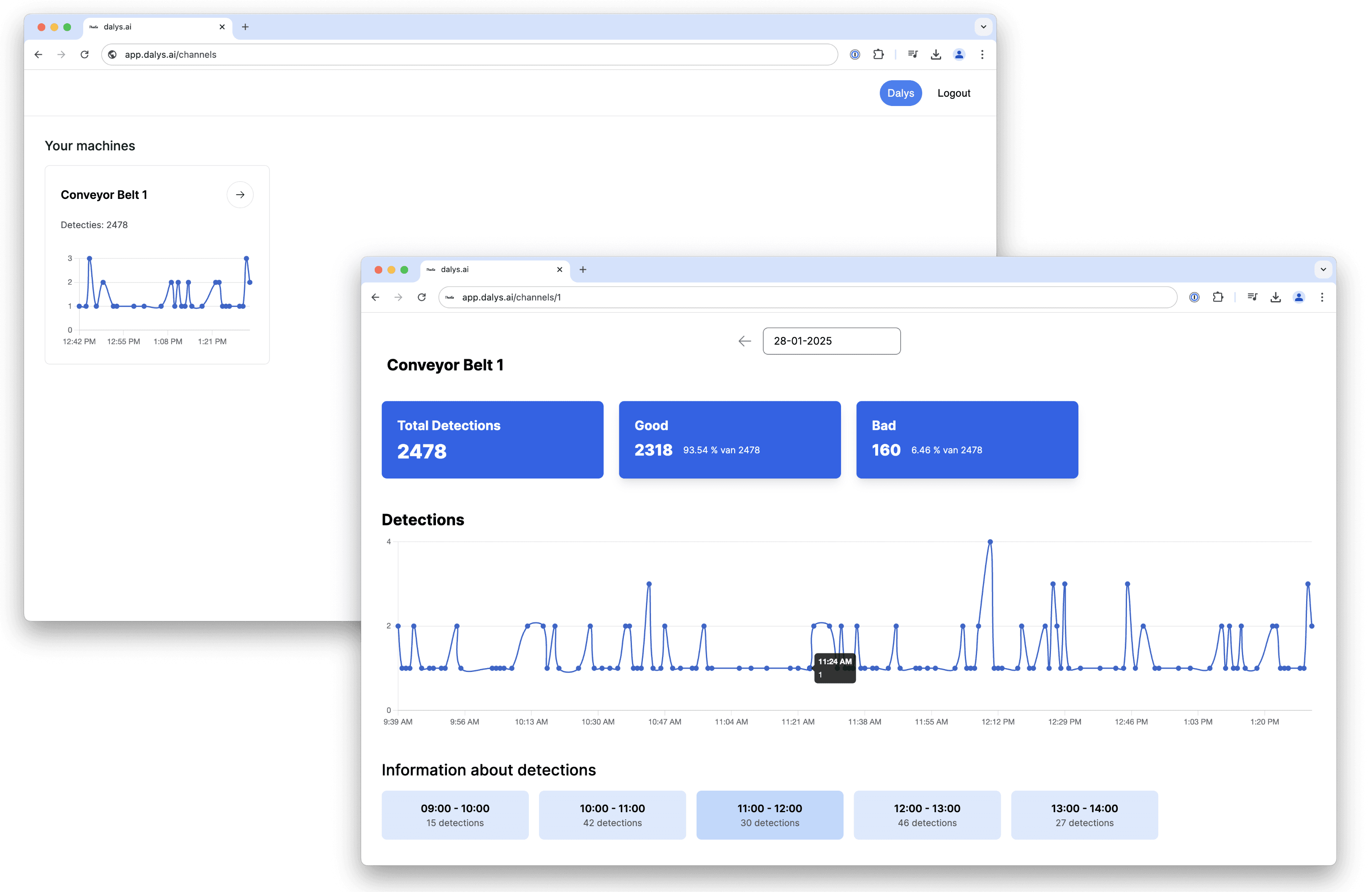Agriculture
AI solutions within Agriculture
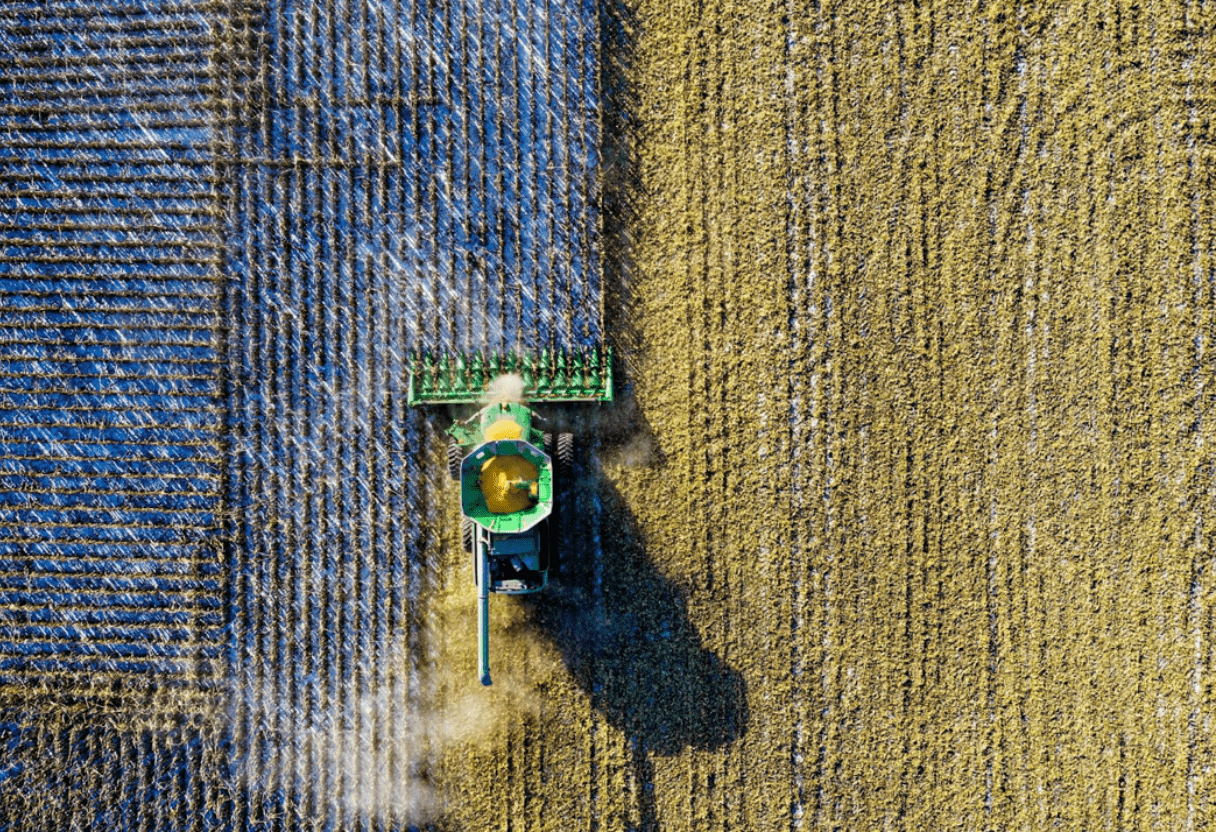
agriculture
Multisensor AI applications within Agriculture
Explore the range of solutions we offer

Defect detection
Identify unhealthy crops during processing, enabling faster quality control by automatically flagging the bad crops for sorting or removal.
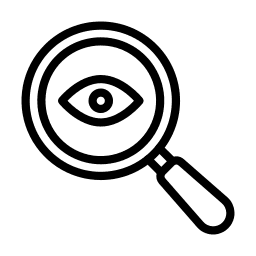
Object detection
Detect diseases and pests in the fields, providing early-stage alerts to enable quick response and preventive measures.

Unit counting
Automatically count harvested crops or the crops in the field, reducing human error and speeding up the agricultural processes for greater efficiency
Agriculture applications
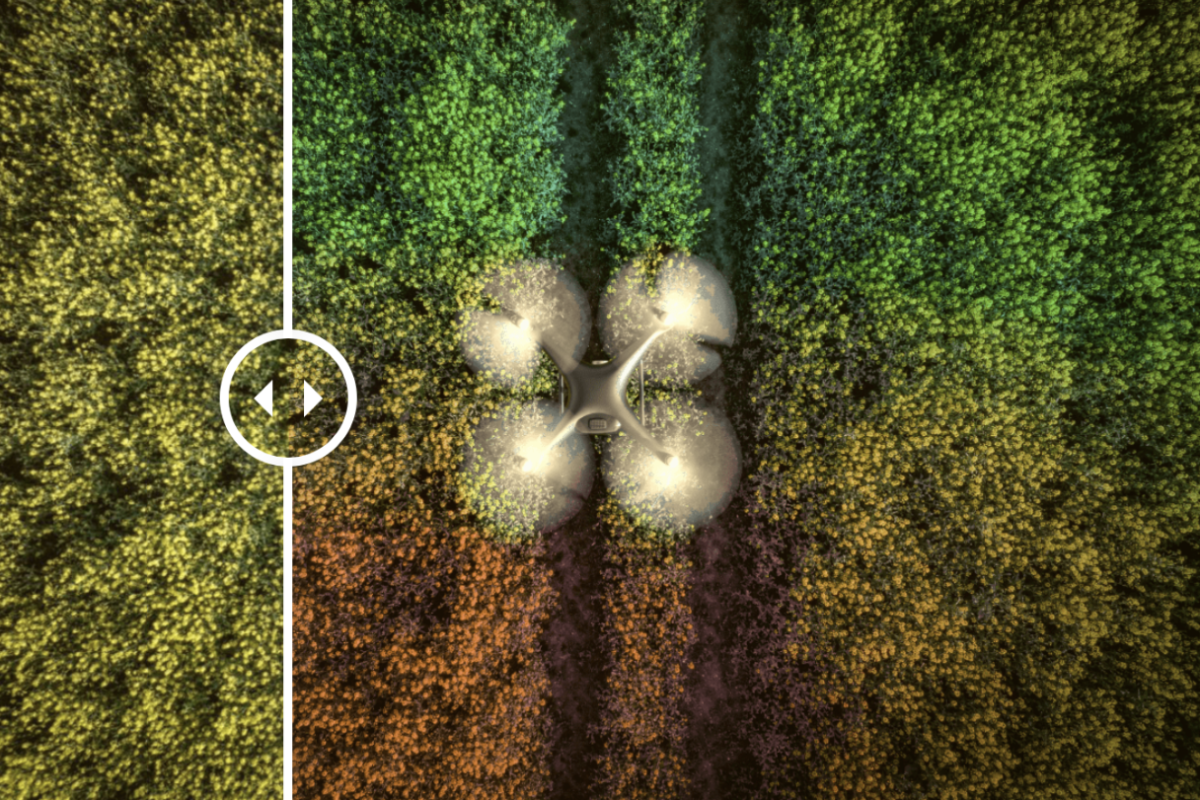
By integrating hyperspectral cameras with drones, farmers gain the ability to capture high-resolution, multispectral data across large agricultural areas with precision and efficiency. This technology enables the detection of critical soil and plant health metrics such as nutrient deficiencies, moisture levels, crop stress and disease presence.

Leverage advanced computer vision technology to automatically detect low-quality fruits and defects such as bruises, discoloration, deformities, and mold. Finally, the system provides a generated report with objective insights into overall fruit quality, streamlining the fruit quality control process and significantly reducing labor costs.

Smart sensors in greenhouses continuously monitor environmental factors like temperature, humidity, light, and soil conditions in real time. Combined with AI and machine learning, this data enables predictive climate control, optimized irrigation and nutrient delivery, early disease detection —leading to smarter, more sustainable, and higher-yield operations.

Automated monitoring plays a vital role in modern agriculture by providing real-time, accurate data on crop health, soil conditions, and environmental factors. This reduces manual labor and leads to data-driven decision-making that boosts productivity and sustainability across the farm.
Agriculture applications

By integrating hyperspectral cameras with drones, farmers gain the ability to capture high-resolution, multispectral data across large agricultural areas with precision and efficiency. This technology enables the detection of critical soil and plant health metrics such as nutrient deficiencies, moisture levels, crop stress and disease presence.

Leverage advanced computer vision technology to automatically detect low-quality fruits and defects such as bruises, discoloration, deformities, and mold. Finally, the system provides a generated report with objective insights into overall fruit quality, streamlining the fruit quality control process and significantly reducing labor costs.
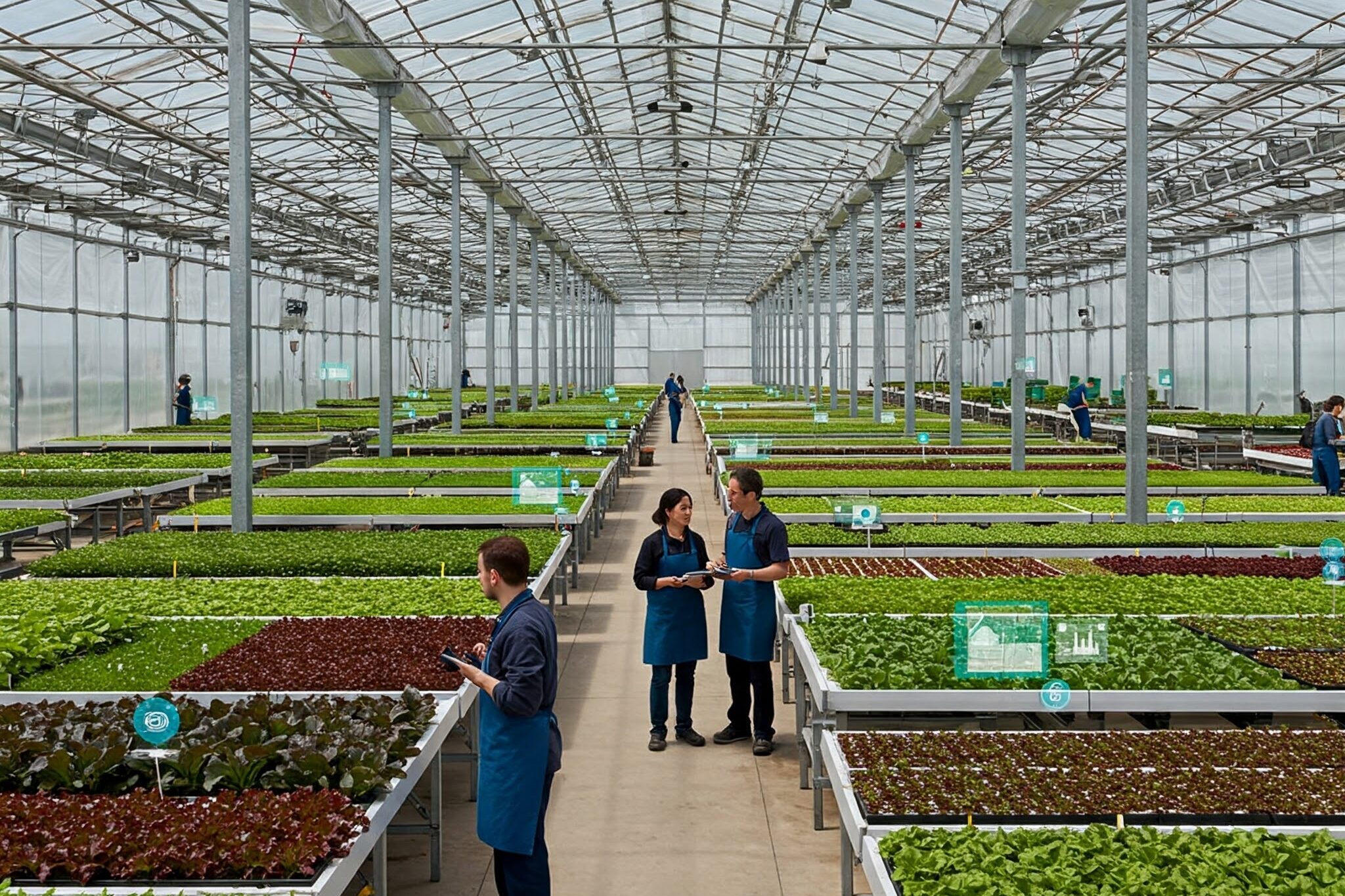
Smart sensors in greenhouses continuously monitor environmental factors like temperature, humidity, light, and soil conditions in real time. Combined with AI and machine learning, this data enables predictive climate control, optimized irrigation and nutrient delivery, early disease detection —leading to smarter, more sustainable, and higher-yield operations.

Automated monitoring plays a vital role in modern agriculture by providing real-time, accurate data on crop health, soil conditions, and environmental factors. This reduces manual labor and leads to data-driven decision-making that boosts productivity and sustainability across the farm.
Insights
